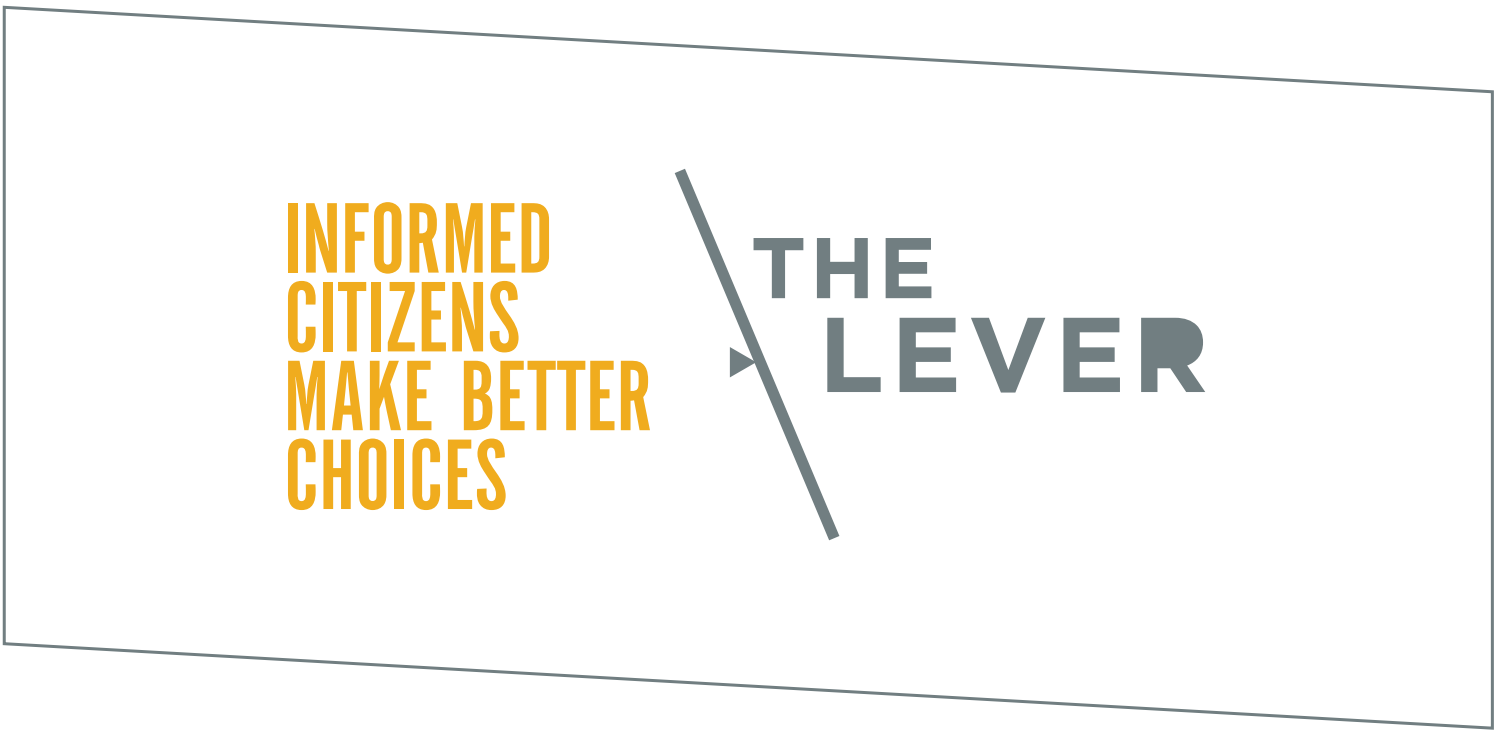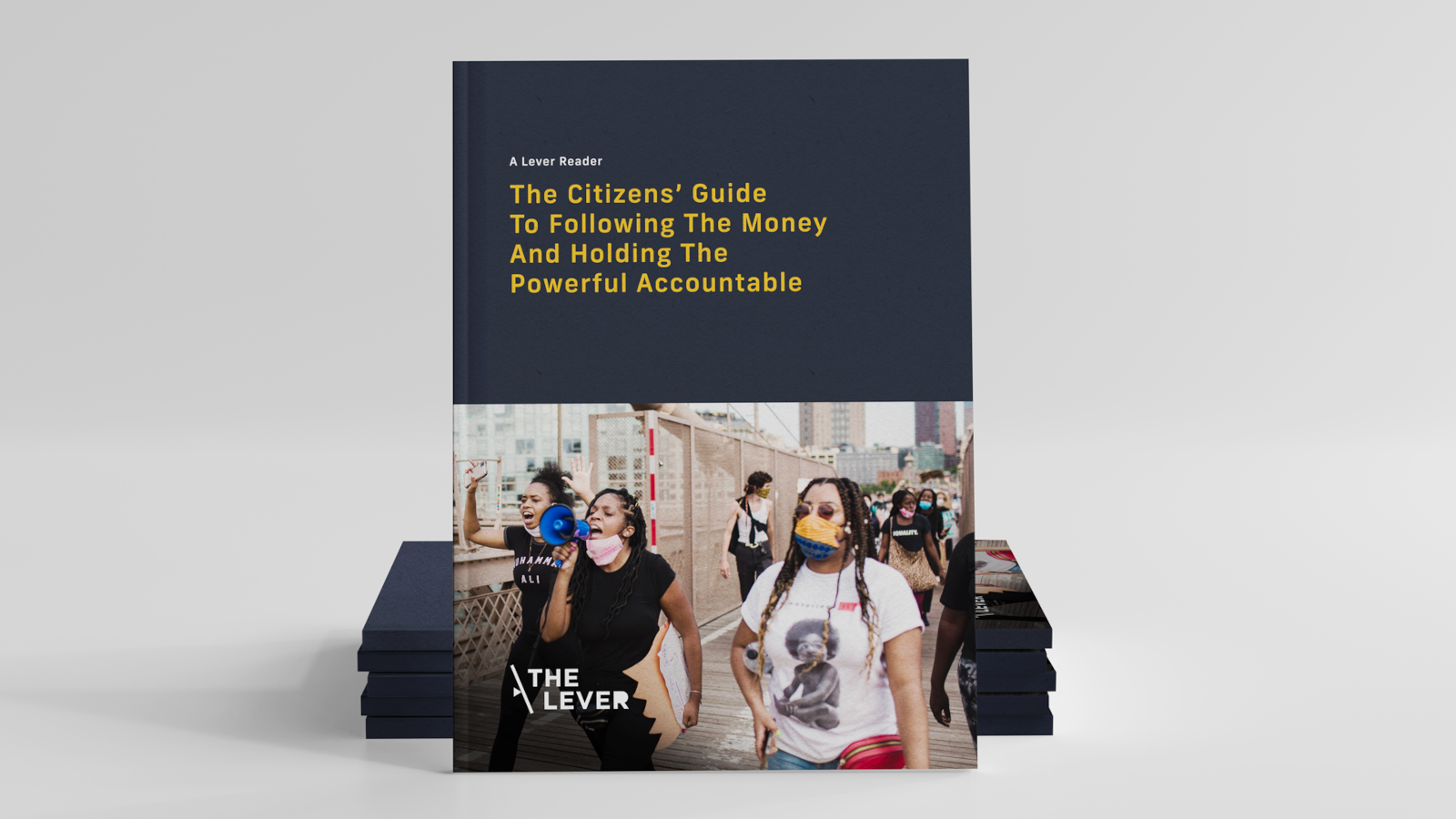Seventy-five million people nationwide have been under air quality alerts, as days of smoke-filled skies sent soot levels soaring more than 10 times beyond what federal regulators consider safe for breathing.
But in federal air quality data, it will be as if those days never happened. That’s because a Big Oil-backed exemption in federal environmental law allows states to discount pollution from “exceptional events” beyond their control, including wildfires. And while environmental regulators are considering cracking down on soot and particle pollution, industry groups are opposing those reforms, too.
Under current rules, states like New York, where residents have been urged to remain indoors, won’t have their “hazardous” air quality index levels count against their compliance with the federal Clean Air Act — so emissions sources in the state, for example, won’t be required to reduce other discharges to help offset the smoke pollution.
“Every air quality monitor from New York to D.C. is going to blow past the limit,” said Sanjay Narayan, a managing attorney with the Sierra Club’s Environmental Law Program. But instead of localities counting that data towards the overall standards they’re required to maintain, he said, “They’ll say, ‘This is caused by wildfires, so we’ll continue to do what we normally do.’”

Help Us Do More Stories Like This
We're building a reader-supported investigative news outlet that holds accountable the people and corporations manipulating the levers of power. Join our fight by becoming a free subscriber today.
Environmental justice groups in cities like Phoenix, Chicago, and Detroit have previously accused states of exploiting the wildfire loophole to avoid cleaning up air that’s already dangerously dirty — often to the benefit of polluters that also helped push changes to the Clean Air Act beginning in the mid-2000s.
Those changes allow states to skip reporting pollution from natural occurrences like dust storms, thereby reducing the likelihood of triggering enhanced cleanup measures that could impact industrial activities. In 2016, the oil industry’s top lobbying group even took the rare step of siding with federal environmental regulators in a court challenge from green groups arguing that they had illegally expanded the reporting exemptions to include some human-caused pollution.
In an echo of its larger campaign of climate denial, oil lobbyists argued that it was virtually impossible to differentiate between “purely natural emissions” and those connected to human activity — so regulators should treat wildfires and other similar occurrences as “natural events.”
Last year, a panel of outside scientific experts took the opposite position, questioning whether federal regulators should continue to treat wildfires as “exceptional” given that they’re now seasonal events.
“The dramatic increase in wildfires over the last decade is not natural,” wrote the Clean Air Scientific Advisory Committee in its March 2022 recommendations, noting that the causes included both climate change and land management practices. “Given the potential for significant adverse health events, it may be time to reconsider the current approach.”
Dirtying The Clean Air Act
When Congress passed the Clean Air Act in 1970, its advocates were concerned primarily with pollution spewing from industrial sources like smokestacks — problems regulators could pinpoint and reduce. Under the law, the Environmental Protection Agency (EPA) sets pollution control standards that states must find ways to meet and maintain. States are also required to report any air quality data falling below those standards.
The loophole for exceptional events, which was codified in 2005 amendments to the Clean Air Act, was intended to avoid penalizing states for events they can’t control. While New York City suffers through the worst air quality in the world this week, for example, there’s little state regulators can do to stop Canadian wildfires.
At the time, oil lobbyists praised the move, encouraging the EPA in 2006 regulatory comments to “expand the definition of exceptional events to include all emissions and events that are beyond the control” of states, and they explicitly cited particle pollution from wildfires as an example. Over time, the federal agency has continued to expand the definition, making it easier for states to receive waivers.

Learn All Our Investigative Tricks
Score a copy of our Citizens’ Guide to Following the Money and Holding the Powerful Accountable, free with a paid subscription. The e-book gives you all the tools and tricks our reporting team uses to scrutinize power.
But while pollution from wildfires may not fit neatly into the existing regulatory paradigm, environmental groups say regulators can’t afford to ignore it. Residents forced to breathe soot-filled air aren’t concerned about the source, and erasing smoke pollution from the record doesn’t undo the damage its buildup can cause to the heart and lungs over time.
Seasonal blazes have already reversed decades of progress on clean air, according to a recent study from the National Center for Atmospheric Research.
Part of the problem, some wildfire science experts say, is a framework that can ding states for smoke from the kind of controlled burns that help prevent wildfires, while letting them off the hook for the larger, more dangerous conflagrations that often result.
In public comments on proposed changes to the EPA’s “exceptional events” rule in 2016, one fire science expert suggested the agency take “the exact opposite” approach to regulating wildfire smoke.
“The state air regulatory agencies should count wildfire emissions,” wrote Scott Stephens, a wildland fire science professor at the University of California at Berkeley, arguing that doing so “would become a driver for ecologically appropriate prescribed fire and managed wildfire use.”
The Cost Of Doing Nothing
The EPA didn’t incorporate suggestions from fire scientists in the 2016 changes.
But the agency did loosen the overall standards for what could be counted as an exceptional event — a move the American Petroleum Institute (API), the oil and gas industry’s top lobbying group, had backed in its own regulatory comments.
In prior years, API had lobbied alongside Exxon on proposed legislation to relax the criteria for states seeking air quality waivers from such events.
Environmental groups challenged the laxer rule in federal court in 2016, arguing that it created too large a loophole for some types of human-caused emissions. In response, the oil lobby did something unusual: intervene on the side of the EPA.
API’s attorneys wrote in a brief that overturning the agency’s rule would force states to report more data showing poor air quality — a move that could negatively impact its members’ operations. In other words, forcing states to more fully account for air pollution, even from sources they didn’t completely control, could mean a crackdown on more sources they do control.
The court sided with the EPA and the oil lobbyists. In recent years, states have increasingly relied on wildfire waivers to meet their required air quality standards, according to a March report from the Government Accountability Office — even as air quality has declined.
On multiple occasions, local environmental groups have challenged the federal agency’s decisions to sign off on the waivers. In March, a Detroit-based group contested an exceptional event waiver granted by the EPA for poor air quality registered in the city the previous year. State environmental regulators claimed the readings were influenced by distant wildfire smoke.
But in a letter to the EPA, the Great Lakes Environmental Law Center said that the state was instead seeking “to delay and evade utilizing their regulatory responsibility to lower ozone pollution in the Detroit area,” which suffers from disproportionately high asthma rates. The federal agency approved the state’s waiver in May.
Federal environmental regulators are currently considering one measure that environmental justice groups say could help address rapidly declining air quality, including from wildfires — tightening standards for soot and particle pollution. That move is staunchly opposed by the oil and gas, mining, and chemical lobbies.
While there’s no single regulatory solution for wildfires, the eerie haze currently gripping the skies above huge swaths of the country should serve as a reminder of the urgency of addressing their underlying causes, said the Sierra Club’s Narayan.
“This is why it’s critical that the EPA regulate greenhouse gases under the Clean Air Act — that’s what the act was meant to do,” he said. “We hear industry complaining about the cost of greenhouse gas reductions, but this should be a reminder that the costs of doing something are a lot lower than the costs of doing nothing.”




